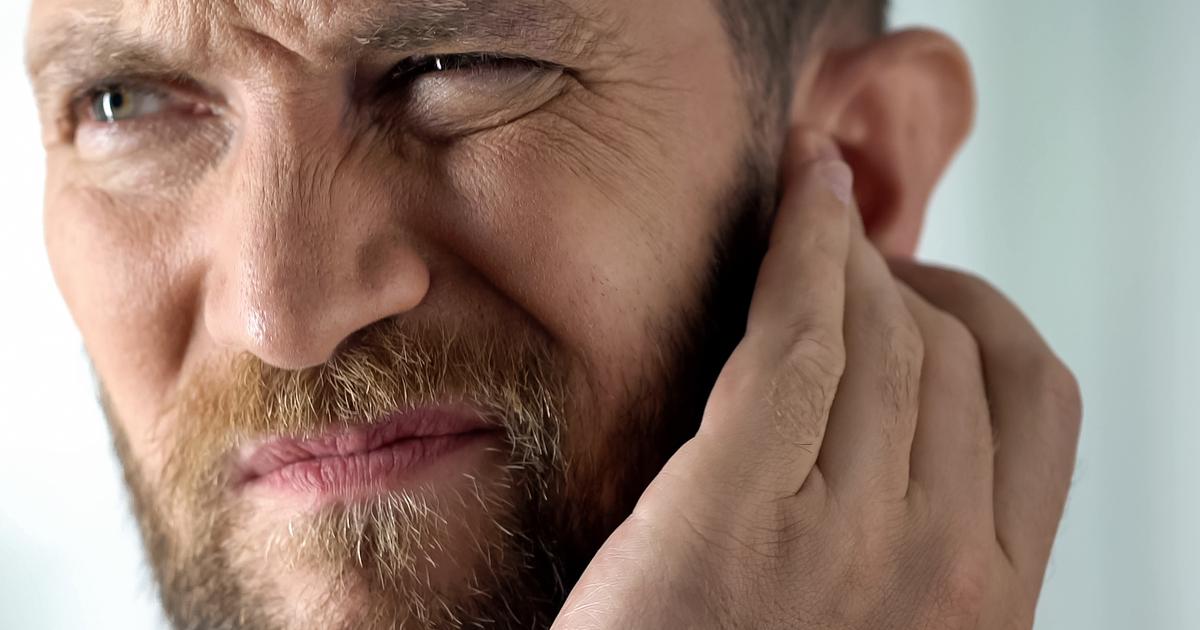Risk Factors And Causes Of Earlobe Cysts
Abnormal Reaction To Skin Injuries
Sebaceous glands reside within the body’s skin. When a gland is blocked in some way, the sac containing the sebum generators fills with this material, inducing swelling and bursting of that sac. Trauma may also cause sebaceous cystic formation, inducing development along the margins of the wound or within the wound itself. An abnormal reaction to skin injuries may also be seen subdermally, when trauma and bruising causes hematoma or scarring or thickening in deeper tissues. These cysts may be palpable even when not visible at the skin's surface. Earlobe piercings, for example, are common, and these little traumas may allow bacteria to enter the wound, causing infection and swelling. Earring stems, worn to keep the initial earlobe wound open until it has adequately scarred for permanent use of earrings, may cause an allergic response in the body, and cystic development may be an unexpected outcome. Allergy responses may be induced by nickel or other earring materials, by bug bites, et cetera.
Get the details on more causes and risk factors for earlobe cysts now.
Presence of A Genetic Disorder Or Other Rare Syndrome

Gene-related cystic syndromes relate to specific genes and to their effect on normal fetal development. Branchiootorrenal syndrome involves tissues developing within the second branchial arch that do not follow normal patterns. Malformations may affect the pinna and preauricular pitting may not involve the earlobe proper. Pitting and subsequent cyst development may be sufficiently large to impact the pinna structures as the growing cyst migrates into adjacent structures. Epidermoid cysts (some genetic) show a similar pattern of potential growth, arising behind the earlobe and growing into its space. The mechanism or presence of a genetic disorder or another rare syndrome may be clouded, but sebaceous cysts do appear in families. One child in 6800 newborns will have external ear deviations. One in ten thousand will have severe external ear malformations. They tend to occur on the right side and may extend from pinna to external auditory meatus to middle ear to the cochlea and vestibular systems and to the seventh and eighth nerves. Genetic syndromes may underlie surface malformation, or the abnormality may develop spontaneously. Grading of type and degree of dysplasia has been suggested. Many genetic syndromes may cause deviant cystic-like structures.
Keep reading for more details on the causes and risk factors of earlobe cysts now.
